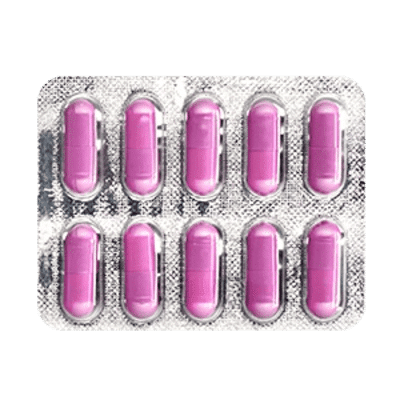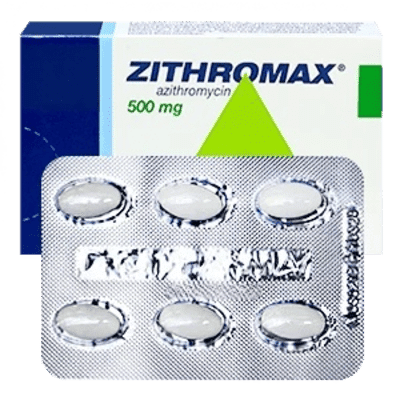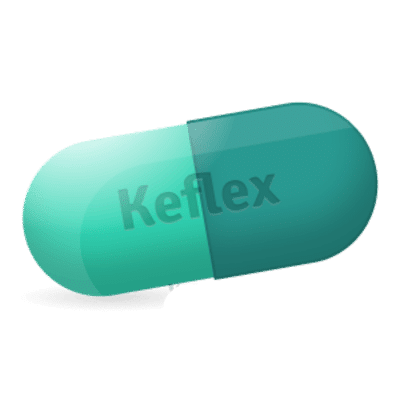I used Clindamycin in the form of a gel to treat acne. The result was pleasing - inflammation was significantly reduced after just a week. The only thing is that the skin became a little dry, but this can be fixed with a moisturizer.

Clindamycin
Active ingredients: Clindamycin- Quality products
- Support 24/7
- Fast delivery
What is it?
Clindamycin is an antibiotic used to treat various bacterial infections. It belongs to the lincosamide group and has a pronounced bacteriostatic effect. Its main action is to suppress protein synthesis in bacterial cells, which leads to a stop in their growth and reproduction. Clindamycin is effective against a number of gram-positive and some gram-negative bacteria, including strains resistant to other antibiotics. This drug is often prescribed for infections of the skin, soft tissue, bones, respiratory tract, and some severe forms of acne.
Composition
Clindamycin is available in various forms, including capsules, injection solutions, gels, creams, and vaginal suppositories. The composition of the drug may vary depending on the form of release, but the main active ingredient is always clindamycin.
- Active ingredient: clindamycin (as hydrochloride or phosphate).
- Excipients may include lactose, magnesium stearate, corn starch (for capsules), benzyl alcohol, sodium hydroxide, water for injection (for solution), propylene glycol, methylparaben (for gel and cream).
How to use?
The use of Clindamycin depends on the dosage form and the nature of the infection. It is important to follow the doctors recommendations and the instructions on the package to achieve the best therapeutic effect and avoid side effects.
- Clindamycin capsules are taken orally, usually 3-4 times a day, with plenty of water. They can be taken regardless of food intake, but if gastrointestinal discomfort occurs, it is better to take them after meals.
- The injection solution is administered intramuscularly or intravenously, usually in a medical facility. The dosage and frequency of administration depend on the severity of the infection.
- Clindamycin-based gel or cream is applied to the affected areas of the skin in a thin layer 1-2 times a day. When treating acne, the course duration can be several weeks.
How does it work?
Clindamycin acts on bacterial cells by blocking the synthesis of proteins that are necessary for their growth and reproduction. Its mechanism of action is associated with the binding of bacterial ribosomes, which disrupts the process of assembling protein molecules. Without the ability to synthesize the necessary proteins, bacteria lose the ability to reproduce and eventually die.
This antibiotic is especially effective against gram-positive cocci, such as staphylococci and streptococci, as well as against some anaerobic bacteria. Due to its mechanism of action, Clindamycin helps to cope with infections that are often resistant to other types of antibiotics.
Indications
Clindamycin is indicated for the treatment of a wide range of infections caused by susceptible microorganisms. This drug is used in both outpatient and inpatient settings and is used for various forms of bacterial infections.
- Skin and soft tissue infections, including abscesses, cellulitis, infected wounds, and acne.
- Bone and joint infections, such as osteomyelitis.
- Respiratory tract infections, including pneumonia and bronchitis.
- Pelvic inflammatory disease, including endometritis and salpingitis.
- Abdominal infections, such as peritonitis.
- Sepsis caused by clindamycin-sensitive microorganisms.
Contraindications
Despite its effectiveness, Clindamycin is not suitable for all patients and has a number of contraindications that are important to consider before starting treatment. These restrictions apply to both the general health condition and the individual reaction of the body to the drug.
- Hypersensitivity or allergy to clindamycin or lincomycin.
- Severe liver and kidney dysfunction requiring dose adjustment.
- History of colitis associated with antibiotic use, including pseudomembranous colitis.
- Pregnancy and breastfeeding - the drug can be used only for strict indications and under the supervision of a physician.
Side effects
Like any antibiotic, Clindamycin can cause side effects, although not all patients experience them. It is important to be attentive to your condition while taking the drug and contact your doctor if unpleasant symptoms occur.
- The most common side effect is diarrhea, which may be associated with changes in intestinal microflora.
- Allergic reactions, such as rash, itching, or even anaphylactic shock, may occur in patients with hypersensitivity to the drug.
- Sometimes abdominal pain, nausea and vomiting are noted, which may be associated with the irritating effect of the drug on the gastrointestinal tract.
- Rare but serious side effects include pseudomembranous colitis, which requires immediate medical attention.
- Long-term use can lead to the development of resistant strains of bacteria, which requires special monitoring by a doctor.
Frequently asked questions
Clindamycin Reviews and Experiences
The drug is really effective, but after a few days of taking the capsules, I had mild abdominal pain. The doctor recommended switching to another antibiotic, and the symptoms went away. I think Clindamycin is not for everyone, you need to be careful.
After the surgery, I was prescribed Clindamycin to prevent infections. The course went smoothly, there were no side effects or discomfort. Overall, I am happy with the drug and its effect.









